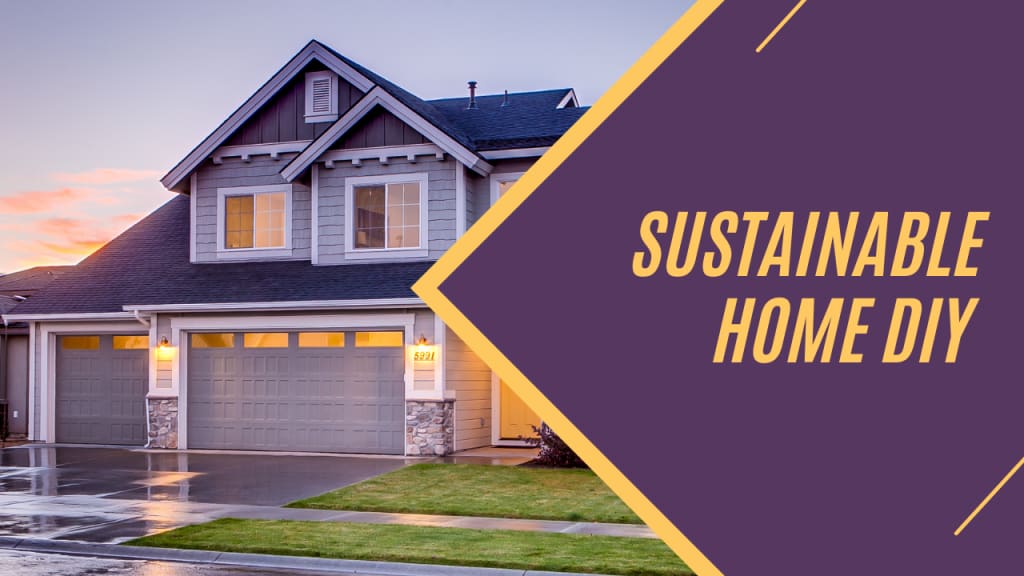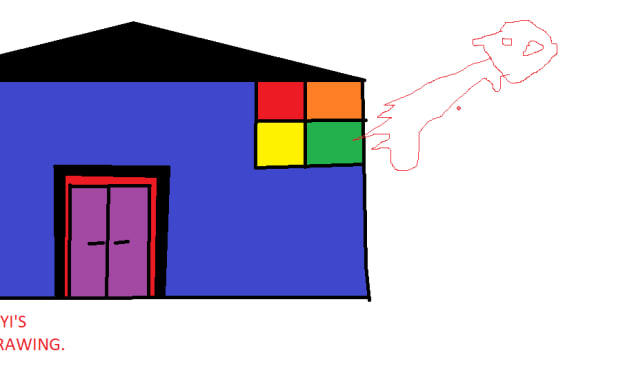DIY Renewable Energy Projects for a Sustainable Home
Sustainable Home Projects

In an era of increasing environmental consciousness, many homeowners are seeking ways to embrace renewable energy solutions. DIY (Do-It-Yourself) projects offer an excellent opportunity to harness clean and sustainable energy sources within the comfort of your own home. Not only do these projects help reduce carbon footprints and energy costs, but they also promote self-sufficiency and environmental stewardship. In this article, we will explore several DIY renewable energy projects that can be implemented at home, providing detailed examples and instructions for each.
Solar Power
Harnessing the power of the sun through solar panels is a popular DIY renewable energy project. Installing solar panels on your rooftop or in your backyard can generate electricity for your home. Begin by calculating your energy needs and determining the number of solar panels required. Purchase high-quality solar panels, inverters, and mounting equipment from reputable suppliers. Mount the panels at an optimal angle to maximize sunlight exposure and connect them to the inverter and electrical system of your home. Finally, consult with a professional electrician to ensure safe and efficient installation.
Example: Mr. Johnson, a homeowner in a sunny region, installed a DIY solar power system on his rooftop. With a carefully planned design, he placed 12 solar panels and connected them to an inverter and battery bank. This system now provides a significant portion of his household's electricity needs, reducing his reliance on the grid and saving money on utility bills.
Wind Power
Harnessing wind energy through small wind turbines is another viable DIY project. Start by researching local wind resources and identifying the appropriate turbine size and design for your location. Purchase a wind turbine kit or assemble one using quality components. Ensure proper anchoring and positioning for optimal wind capture, avoiding obstacles and ensuring safety. Connect the turbine to a charge controller and battery bank, which will store the electricity generated for later use. It's crucial to follow local regulations and guidelines for wind turbine installations.
Example: Sarah, a homeowner living in a rural area with consistent wind patterns, built a DIY wind turbine in her backyard. Using a kit, she assembled a 2-kilowatt turbine atop a sturdy tower. With proper wiring and connections, the turbine now generates a significant amount of electricity, powering her home and reducing her reliance on the grid.
Hydroelectric Power
Harnessing the power of flowing water through a small-scale hydroelectric system is a viable option for homes located near rivers or streams. Begin by conducting a feasibility study to assess water flow, elevation, and potential power generation. Purchase a hydroelectric generator, turbine, and associated equipment suitable for your site's conditions. Construct a diversion canal or weir to redirect water to the turbine, ensuring efficient power generation. Connect the generator to your home's electrical system, adhering to safety standards and local regulations.
Example: The Anderson family, residing near a fast-flowing river, constructed a DIY hydroelectric system to power their home. They installed a low-head turbine in the river, connected it to a generator, and established the necessary wiring to feed the electricity to their home. The system now provides a reliable and sustainable source of power, making the Andersons largely independent of the grid.
Biomass Energy
Biomass energy projects allow homeowners to convert organic waste into usable energy. One such project is the construction of a biogas digester, which converts organic materials like food waste, agricultural residues, or animal manure into biogas and fertilizer. Design and construct an airtight digester using a robust container or build one using bricks and cement. Feed the organic waste into the digester and let the anaerobic decomposition process produce biogas. Connect the digester to a gas storage system and utilize the generated biogas for cooking or heating purposes.
Example: The Martinez family implemented a DIY biogas digester in their backyard. Using a repurposed plastic drum and carefully following construction guidelines, they filled the digester with kitchen scraps and livestock manure. The resulting biogas now fuels their cooking stove, reducing their reliance on fossil fuels and minimizing organic waste disposal.





Comments
There are no comments for this story
Be the first to respond and start the conversation.